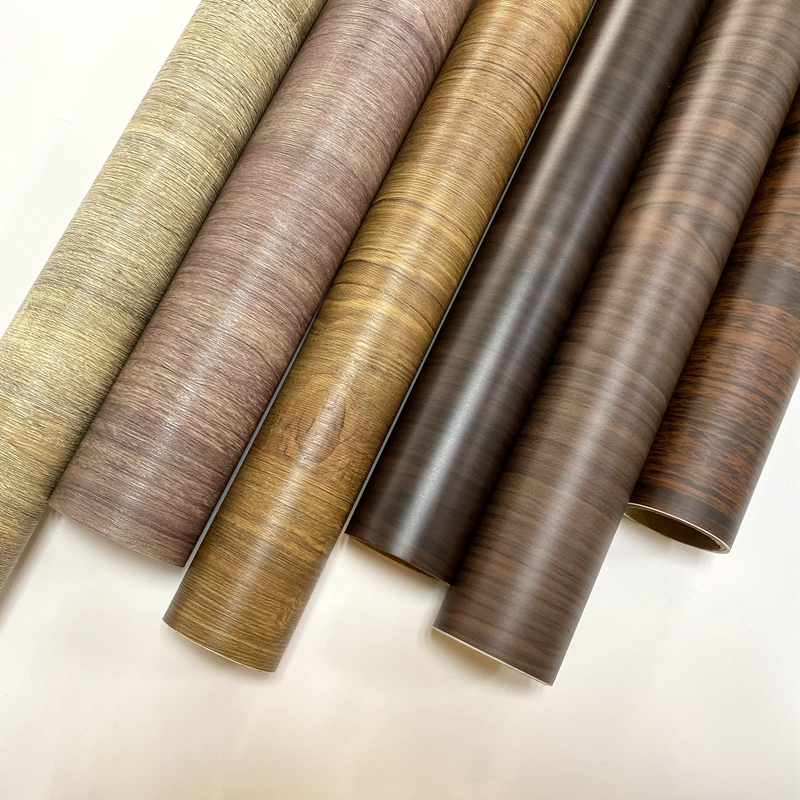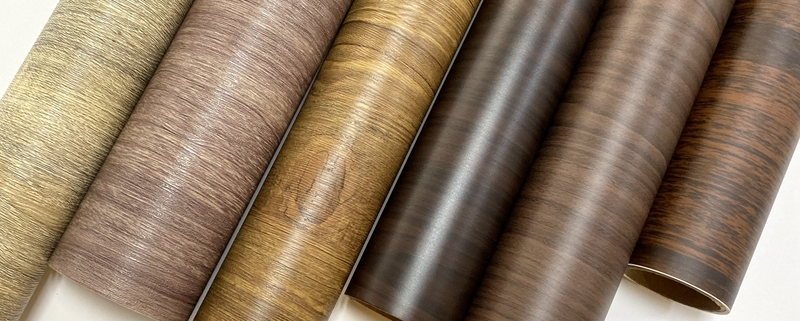How does the membrane press work?
The medium density substrate is processed into various linear shapes and then covered with PVC films of various brightness, colors, and textures, making the products rich and colorful, creating a wide range of choices for consumers. However, the quality of products manufactured using this technology varies greatly. The reasons for these differences are not only due to the factors of the substrate and decorative material PVC itself, but also the control of process parameters during the processing process.
1、 Working principle of membrane press
By utilizing the plasticity of PVC and adjusting and controlling the membrane pressure time, equipment chamber temperature, and air pressure, PVC is heated and pressurized to coat the surface of the workpiece.
2、 The working process of the membrane press
(1) Place the workpiece on the workbench;
(2) The workbench enters directly below the heating plate;
(3) Close the heating plate with the workbench;
(4) The air between the heating plate and the silicone film is extracted, and the silicone film is adsorbed onto the heating plate for heating;
(5) After reaching the set time, compressed air is injected between the heating plate and the silicone film. The silicone film is in close contact with PVC, and the workpiece and PVC are heated. At the same time, PVC is softened, and the temperature at the edge of the plate reaches the activation temperature of the adhesive;
(6) The air between the workbench and PVC is quickly extracted to form a vacuum, and then compressed air is injected between the PVC and the heating plate. PVC is wrapped on the plate under the set pressure and temperature.
A membrane press, also known as a vacuum membrane press or membrane vacuum press, is a machine used in woodworking and the manufacturing of laminated products. It is primarily used to apply decorative or functional laminates, veneers, and films onto various substrates like wood, MDF (Medium-Density Fiberboard), particleboard, and foam. Here’s how a typical membrane press works:
Preparation:
First, the operator prepares the substrate (e.g., a wooden panel or piece) by applying adhesive to it. This adhesive will bond the decorative material or laminate to the substrate when subjected to heat and pressure.
Laying the Decorative Material:
The decorative material, which is typically a flexible PVC or thermoplastic film with a decorative pattern (such as wood grain or solid color), is placed over the adhesive-coated substrate. This material will become the visible surface of the finished product.
Positioning in the Press:
The substrate and decorative material are then placed in the membrane press. The press consists of a chamber or frame with a flexible, heat-resistant membrane or silicone bag suspended above it.
Creating a Seal:
The membrane is lowered to make contact with the decorative material and substrate. It should form a tight seal around the edges to create an airtight chamber.
Vacuum and Heat:
The press is equipped with a vacuum system. When activated, it removes the air from the chamber between the membrane and the substrate. This creates a vacuum or negative pressure inside the chamber.
Heating Elements:
The press also contains heating elements, such as electric heating panels or infrared lamps. These elements generate heat and are positioned above or below the membrane.
Activation:
The vacuum and heat are activated simultaneously. The vacuum draws the flexible membrane tightly around the decorative material and substrate, pressing them together with even pressure. At the same time, the heat activates the adhesive, causing it to bond the decorative material to the substrate.
Curing and Cooling:
The heating elements maintain the desired temperature for the adhesive to cure properly. This curing process may take a few minutes. After curing, the temperature is gradually reduced to allow the bonded materials to cool and set.
Release and Removal:
Once the curing and cooling process is complete, the vacuum is released, and the flexible membrane is lifted. The bonded decorative material is now securely attached to the substrate, conforming to its shape.
Trimming and Finishing:
The finmming and Finishing:ished product, with the decorative material firmly adhered to the substrate, may undergo additional finishing processes such as edge trimming, sanding, or further machining to achieve the desired final dimensions and appearance.
The membrane press ensures a consistent and even application of decorative materials, eliminating wrinkles, air bubbles, and other defects that can occur with manual or less controlled laminating methods. It is widely used in the production of furniture, cabinetry, doors, wall panels, and other laminated products where high-quality surface finishes are essential.





